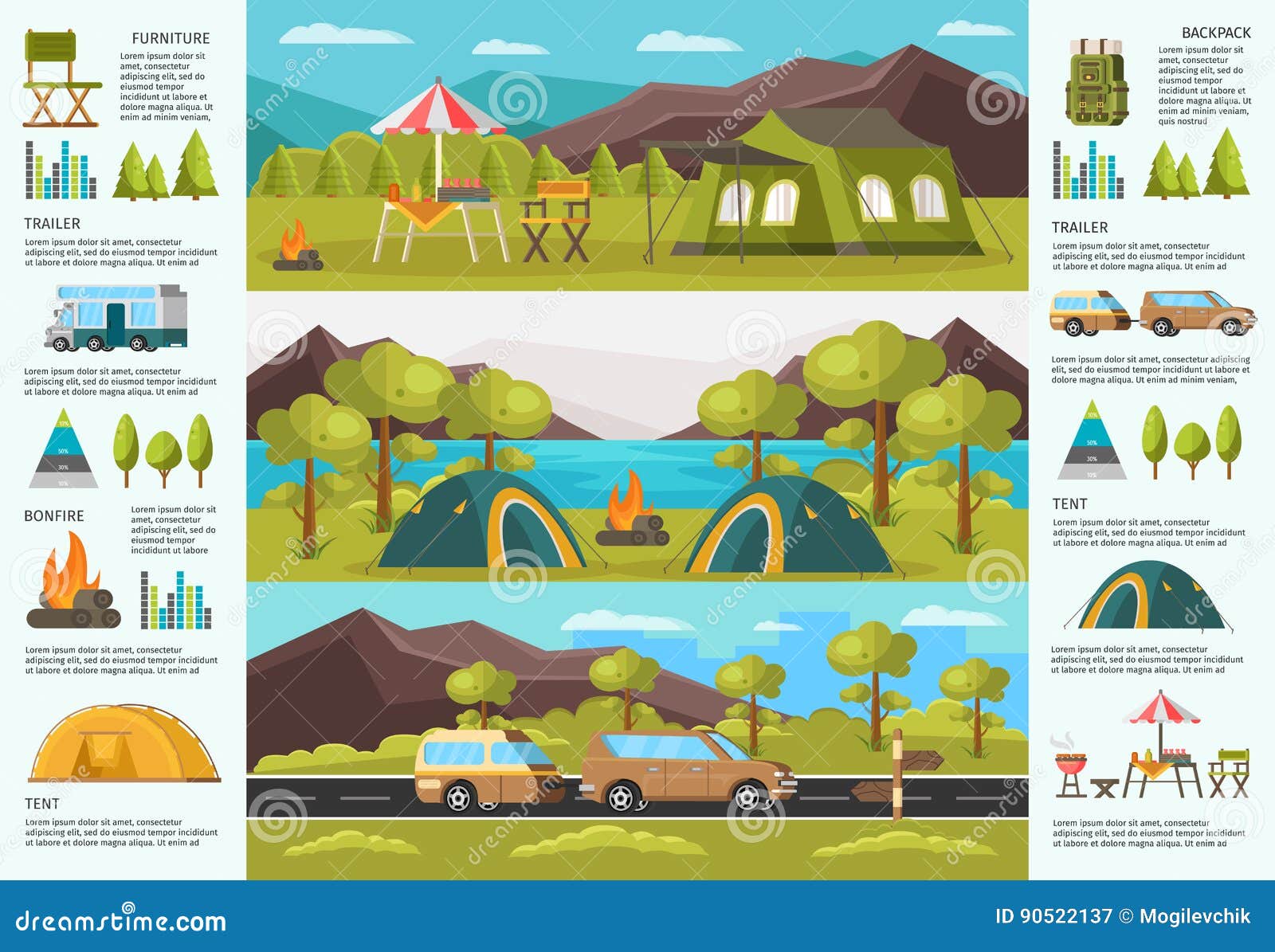Catching impressive pictures of the evening skies calls for mindful preparation. Examining the weather prediction for clear skies is critical, as is recognizing what time the moon climbs and establishes.
Are campgrounds a good investment?
Start by adjusting your camera to hand-operated capturing mode. Take several test shots with numerous ISO, aperture and shutter rate setups to see what works finest.
Electronic camera
A standard DSLR electronic camera with a large lens works well for night-sky photos, but any cam with a big sensor and a hand-operated emphasis setting need to function. The fundamental part is that the video camera can be set to fire in RAW style, which enables maximum adaptability when modifying.
Depending upon the desired result, you might wish to take several direct exposures and afterwards combine them in post-processing. This can be helpful if you're shooting both a foreground things (like a lake, tree, automobile or a building) and the night skies and require to subject each at different setups.
You can likewise experiment with long-exposure shots that reveal celebrity trails. This can be attained by focusing your framework on the North Star and making use of a shutter speed lasting for several mins. This produces fantastic arcs and vortex-like circles of light around your subject. It can be time consuming, but the outcomes are sensational!
Lens
One of the most crucial factors in night skies photography is choosing the appropriate lens. A high resolution, large angle lens will aid you capture as several stars and the moon in your photograph as feasible.
You will certainly likewise require a tripod to avoid video camera shake throughout long direct exposures. It is likewise recommended to fire in RAW mode, which will certainly provide you much more latitude in post-processing.
Another aspect is unique tents timing. It is best to plan for when the Milky Way will certainly rise or establish depending upon your location. There are a number of apps and web sites to help with this consisting of PhotoPills.
Finally, it is excellent to have a fascinating foreground in your photograph to add deepness and contrast. Using fascinating rock formations, structures and even individuals can add a feeling of scale to your photo and make it a lot more impactful. Your composition must also abide by fundamental photo principles, such as the rule of thirds and discovering leading lines.
Shutter Rate
The shutter is the part of your camera that beings in front of the photo sensor and opens up and closes to tape an exposure. Its rate affects just how much light your picture gets-- the much faster it is, the less light enters.
A slower shutter speed permits much more light in, yet likewise obscures any activity that happens throughout the exposure, which works for recording star routes and other results such as a long direct exposure to create a stunning evening sky.
With the ideal equipment, it's feasible to generate pictures that are virtually as bright as daytime and still have the ability to record vibrant information of the Galaxy and stars. For optimum quality, try to obtain as far away from towns and cities as possible and examine sites such as this for cloud maps and dark skies.
ISO
Choosing an ISO setup is a critical step in evening skies photography. The greater the ISO worth, the much more delicate your camera will be to light and the brighter your picture will certainly be. However, if you go too expensive, the sound in your photo will be as well noticeable.
A good starting point is to establish your camera to a low ISO of 800, then take an examination shot. If this photo is also dark, increase the ISO one stop each time till you have an acceptable image.
Foreground shots in evening skies images require much longer direct exposure times than the celebrities, so you'll want to utilize a tripod. To better maintain your video camera, utilize the remote shutter launch to stay clear of any trembling triggered by pushing the switch yourself. Likewise, keep in mind to maintain your lens in Guidebook Focus mode. This will assist you to keep the very same focal length throughout your shoot. The Rule of Thirds is a vital policy for making up night sky photos, assisting to equilibrium and merge your photos.
What's the difference between a yurt and a teepee?
